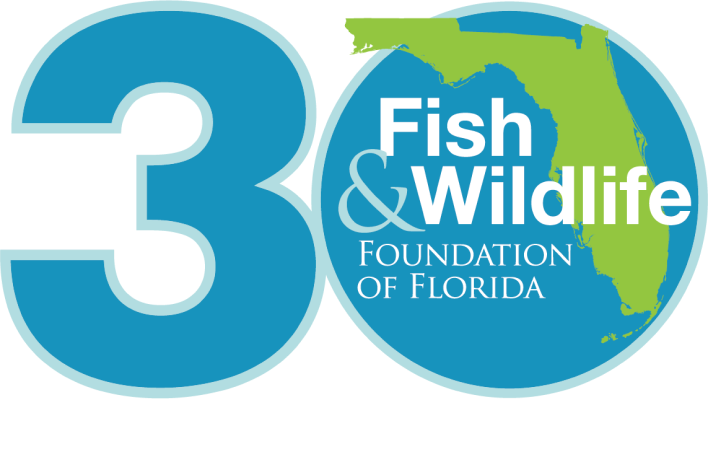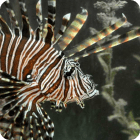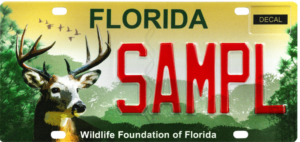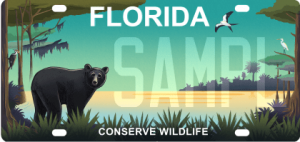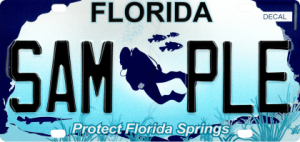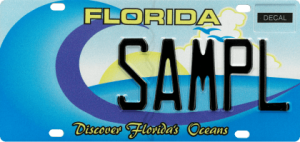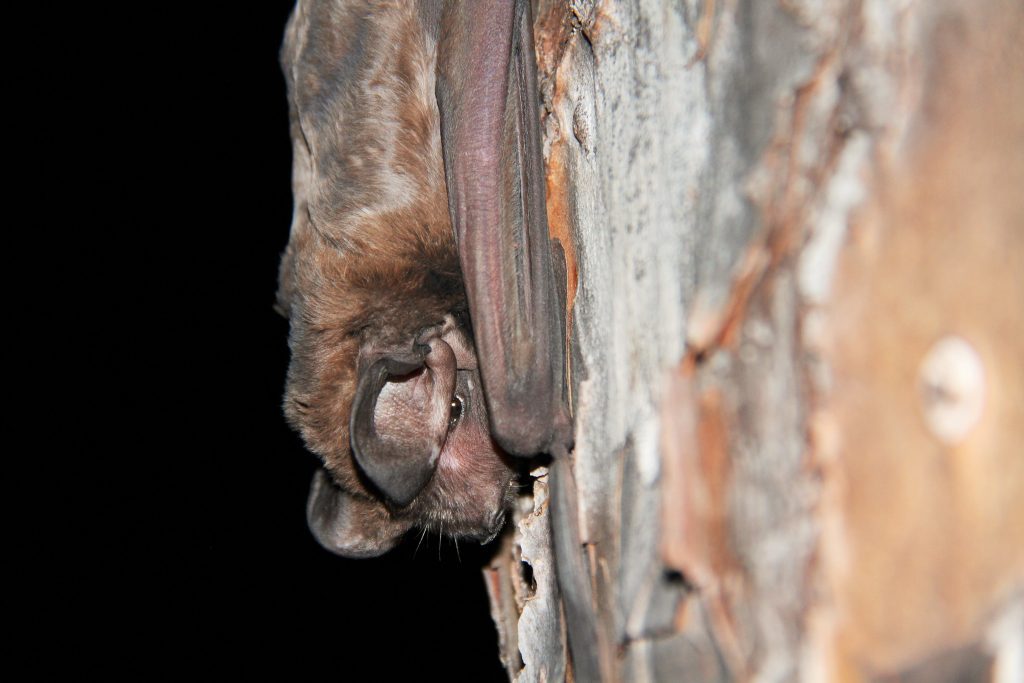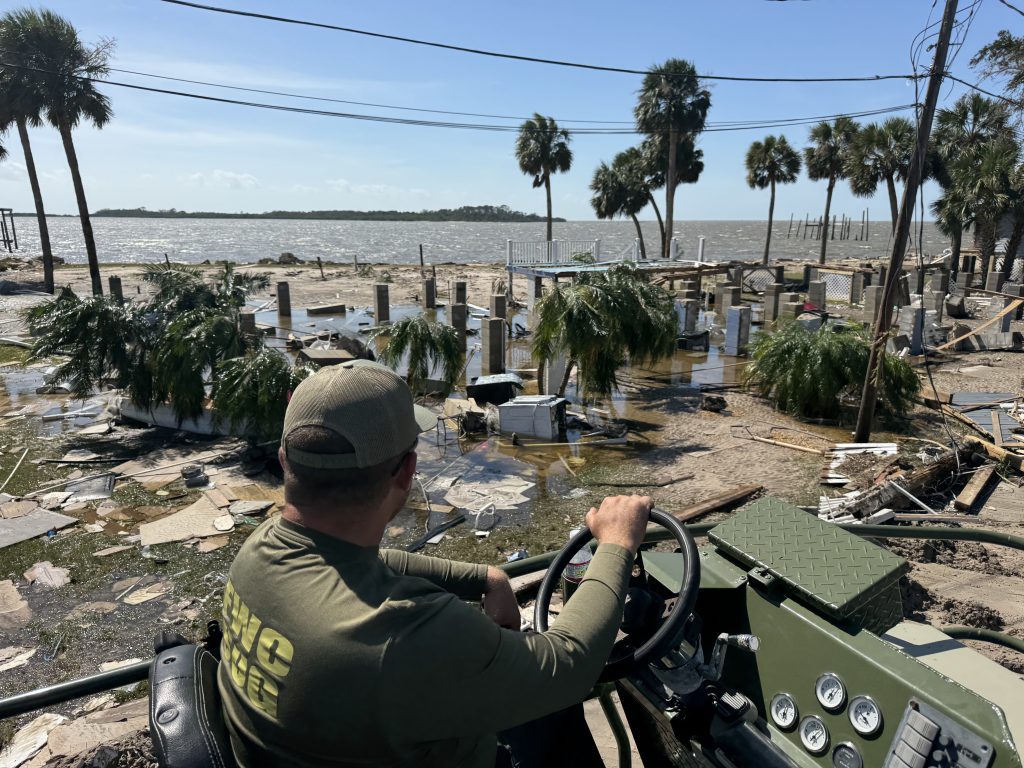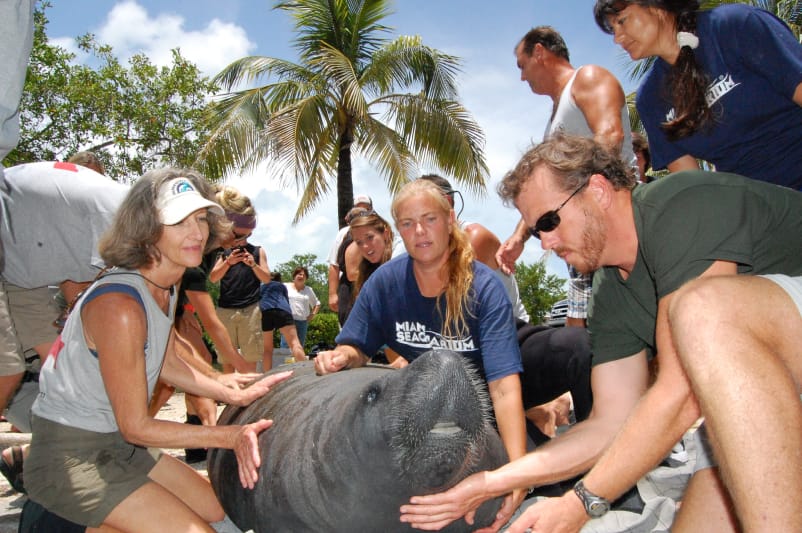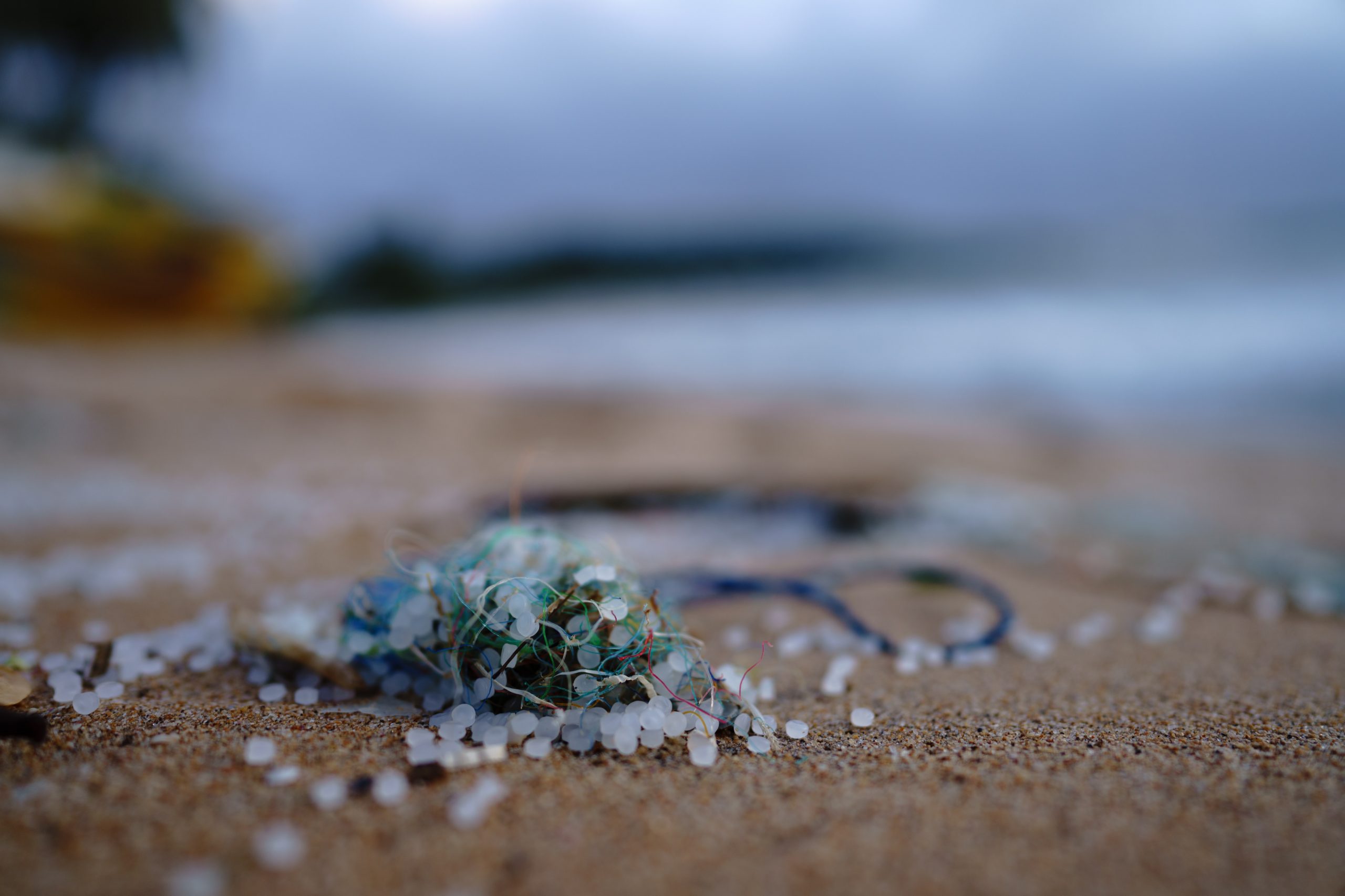
hereWith our stunning beaches, abundant wildlife, and lush waterways, Florida is a paradise for both residents and tourists alike. But beneath the picturesque surface lies a hidden threat that is silently wreaking havoc on the Sunshine State’s ecosystems: microplastics. These tiny plastic particles, often invisible to the naked eye, are posing a significant threat to hereFlorida’s wildlife and waterways.
What Are Microplastics?
Microplastics are plastic particles that are smaller than five millimeters in size. They come from various sources, including the breakdown of larger plastic items like bottles and bags, as well as microbeads in personal care products like exfoliating scrubs and toothpaste. Microplastics can also originate from synthetic fibers shed during the washing of clothes made from materials like polyester and nylon.
Florida’s extensive waterways, including rivers, lakes, and coastal areas, are particularly vulnerable to microplastic pollution due to:
- Stormwater runoff: Rainwater can wash microplastics from roads, parking lots, and urban areas into storm drains, ultimately reaching rivers, streams, and the ocean.
- Recreational activities: Beachgoers and boaters inadvertently introduce microplastics into the water through littering or losing plastic items like bottles, straws, and fishing gear.
- Wastewater discharge: Microplastics from personal care products and synthetic textiles can enter the environment through wastewater treatment plants, which may not be equipped to filter out these tiny particles effectively.
Impact on Florida’s Wildlife
The presence of microplastics in Florida’s waterways has dire consequences for the state’s diverse wildlife, such as:
- Bioaccumulation: As smaller organisms consume microplastics, they enter the food chain, accumulating in larger predators like dolphins, sea turtles, and popular sport fish. This bioaccumulation can have cascading effects on entire ecosystems.
- Habitat destruction: Microplastics can smother aquatic habitats like coral reefs and seagrass beds, disrupting crucial ecosystems and reducing the availability of food and shelter for many species.
- Chemical contamination: Microplastics can absorb and release toxic chemicals, which can be harmful to both wildlife and humans when consumed.
To protect this precious environment for future generations, it is imperative that individuals, communities, and organizations take action. You can help by reducing the use of products that shed microplastics into the environment and supporting research on microplastics. By purchasing our Protect Florida Springs license plate, you can support microplastics monitoring in Florida’s springs system. Click here to learn more.
